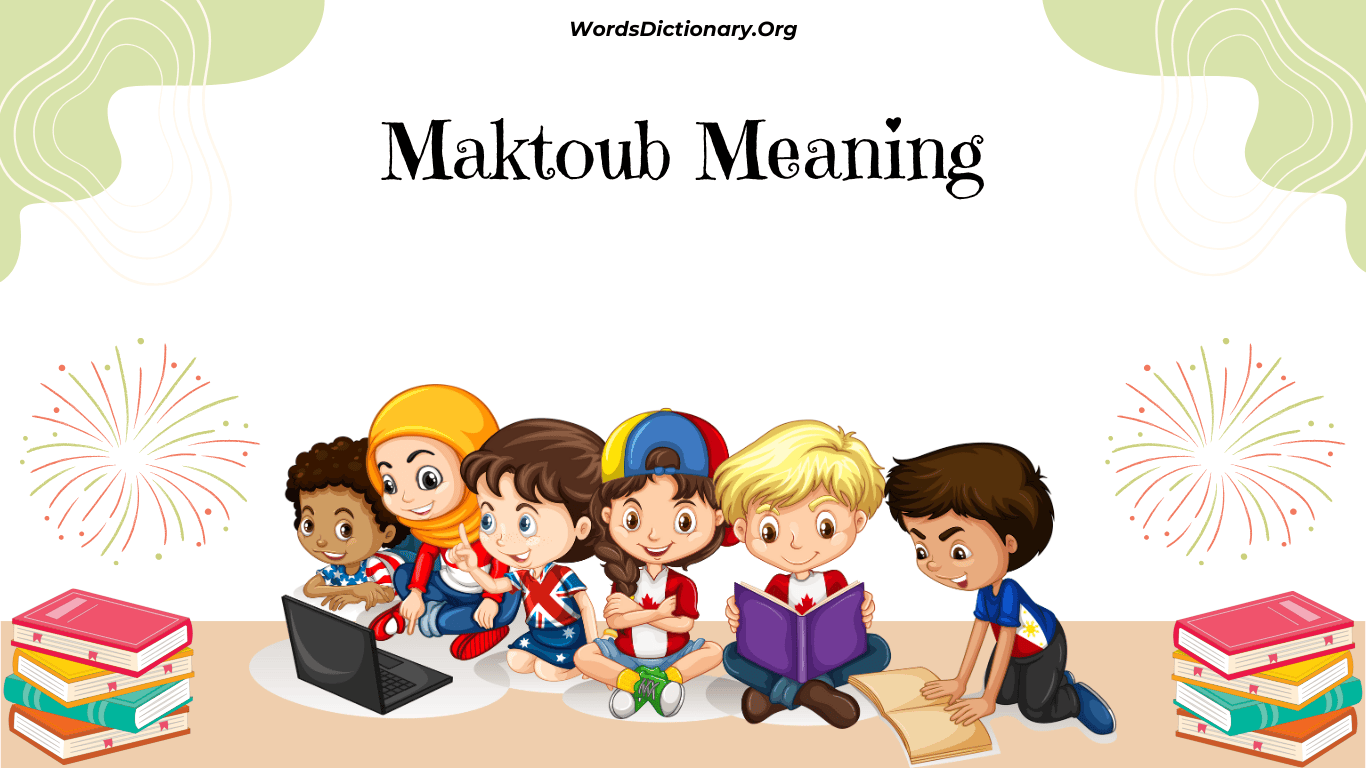The Profound Meaning Behind "She Used To Be Mine
Songs have a remarkable ability to capture complex emotions and tell stories that resonate with our own experiences. One such song that has touched the hearts of many is "She Used To Be Mine" by Sara Bareilles. Released as part of the soundtrack for the Broadway musical "Waitress," this song delves deep into the complexities of self-discovery, change, and the bittersweet nostalgia that comes with it.
In this blog post, we will explore the profound meaning behind "She Used To Be Mine" and how it beautifully encapsulates the universal journey of self-acceptance and personal growth.
1: The Unveiling of Vulnerability
The song begins with a poignant acknowledgment of self-doubt and the feeling of being lost within one's own life. The lyrics paint a picture of a woman who is looking back on her past self and realizing just how much she has changed. Lines like "She is messy, but she's kind / She is lonely most of the time" reveal a deep sense of vulnerability and loneliness.
This opening verse sets the stage for a deeply introspective and soul-searching journey. It prompts listeners to reflect on their own lives and the times when they may have felt disconnected from their true selves.
Chorus: The Paradox of Change
The chorus of "She Used To Be Mine" is where the song's central theme truly shines. Sara Bareilles sings, "She's imperfect but she tries / She is good, but she lies / She is hard on herself / She is broken and won't ask for help."
These lines capture the paradox of change and personal growth. The woman being described is imperfect and flawed, but she is also resilient and determined. She grapples with her own shortcomings and struggles but finds the strength within herself to keep moving forward. This dichotomy is a reflection of the human experience, where we all carry our imperfections while striving for personal betterment.
2: Embracing Imperfections
In the second verse, the song delves even deeper into the woman's inner world. It highlights her dreams, regrets, and the choices she has made in life. The lyrics suggest that she has been through difficult times, made mistakes, and felt the weight of her decisions. Yet, she remains a complex, multi-dimensional character who is learning to embrace her imperfections.
This part of the song speaks to the idea that our past experiences, both positive and negative, shape us into the people we become. It reminds us that it's okay to have regrets and make mistakes, as long as we use them as stepping stones for growth.
Bridge: Finding Strength in Self-Acceptance
The bridge of "She Used To Be Mine" is a powerful turning point in the song. It conveys a message of self-acceptance and resilience. The lyrics declare, "And you're not what I asked for / If I'm honest, I know, I would give it all back / For a chance to start over and rewrite an ending or two."
In these lines, the woman acknowledges that she might not have planned her life the way it turned out, but she has come to accept and cherish the person she has become. She recognizes the value of her experiences, both the good and the bad, and the strength that has emerged from them.
Conclusion: A Universal Message
"She Used To Be Mine" by Sara Bareilles is a song that speaks to the human condition. It reminds us that life is a journey filled with ups and downs, and it's okay to change, evolve, and embrace our imperfections along the way. The song's profound meaning lies in its ability to connect with listeners on a deeply emotional level, encouraging them to reflect on their own paths of self-discovery and personal growth.
As we listen to this song, we are reminded that we are all a work in progress, and it's our imperfections that make us beautifully human. "She Used To Be Mine" encourages us to love and accept ourselves, just as we are, and to appreciate the strength that comes from our own unique journeys.

Comments
Post a Comment